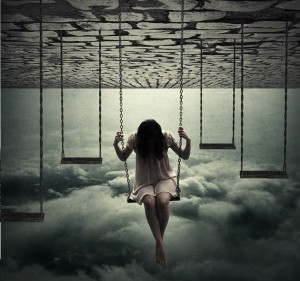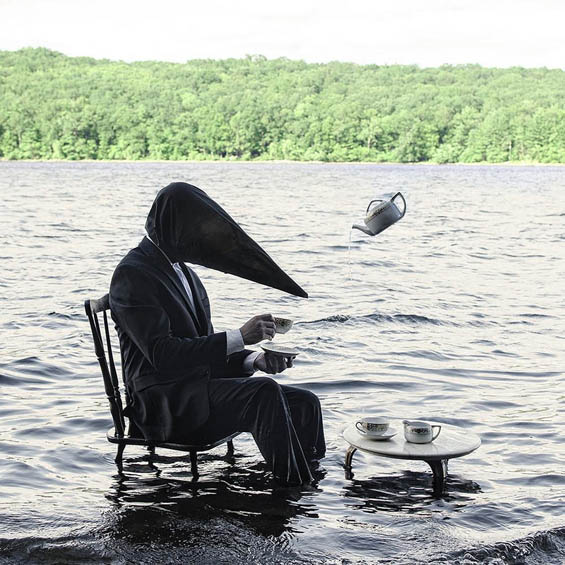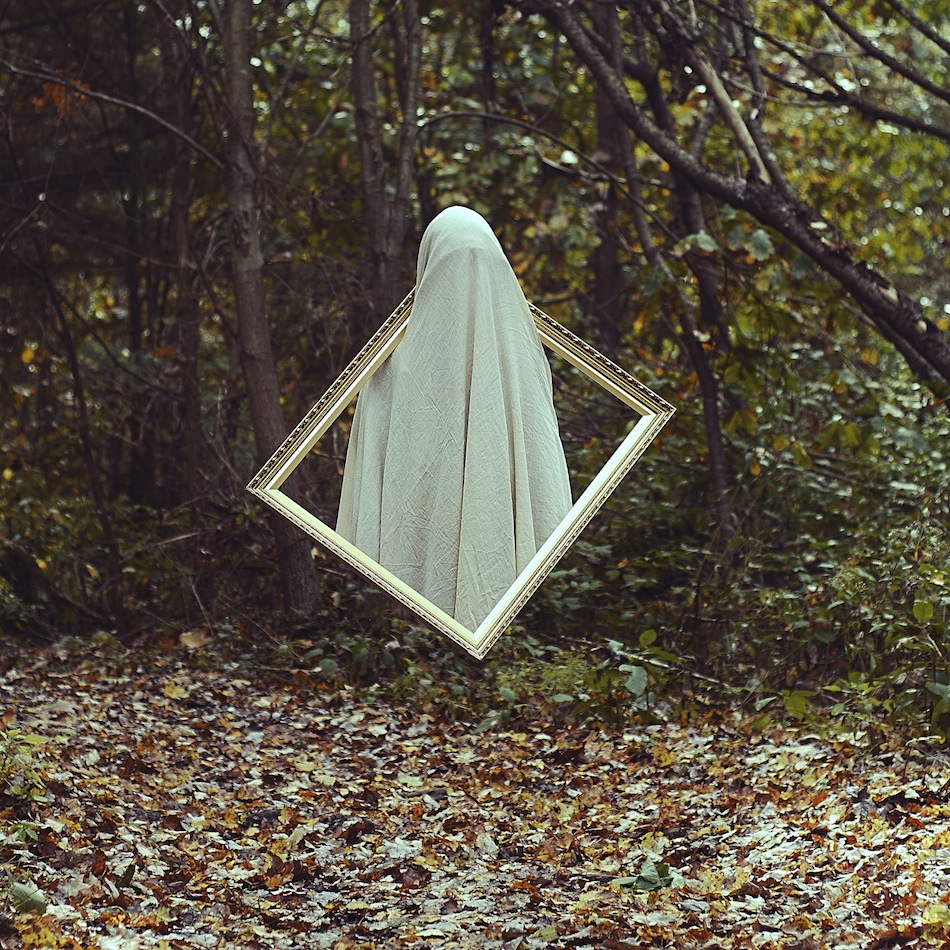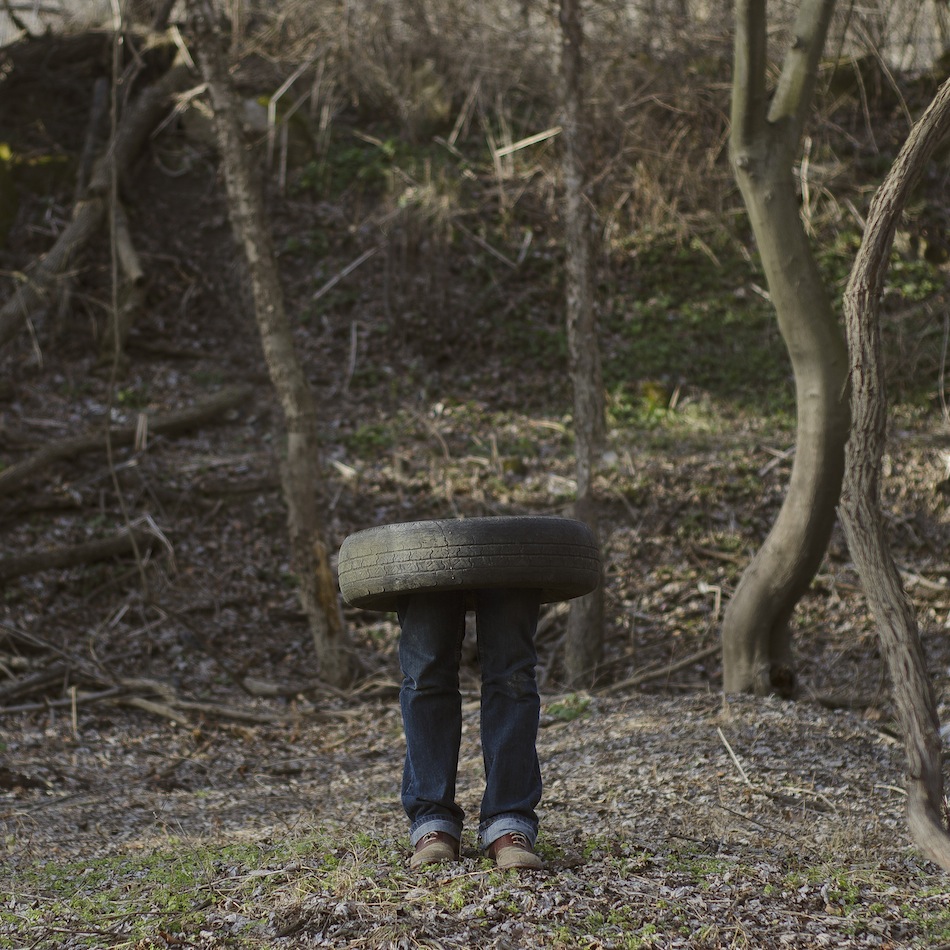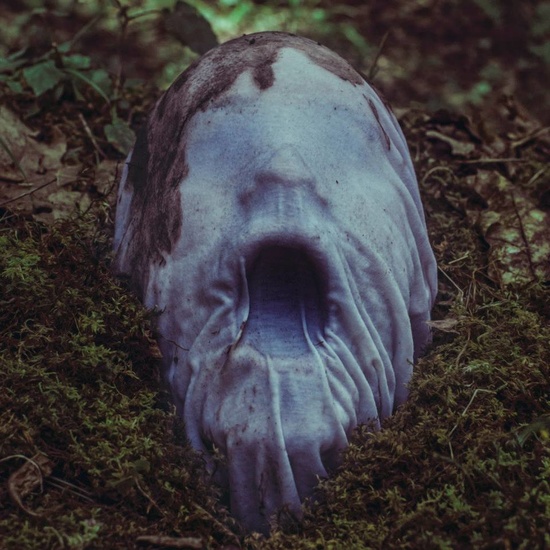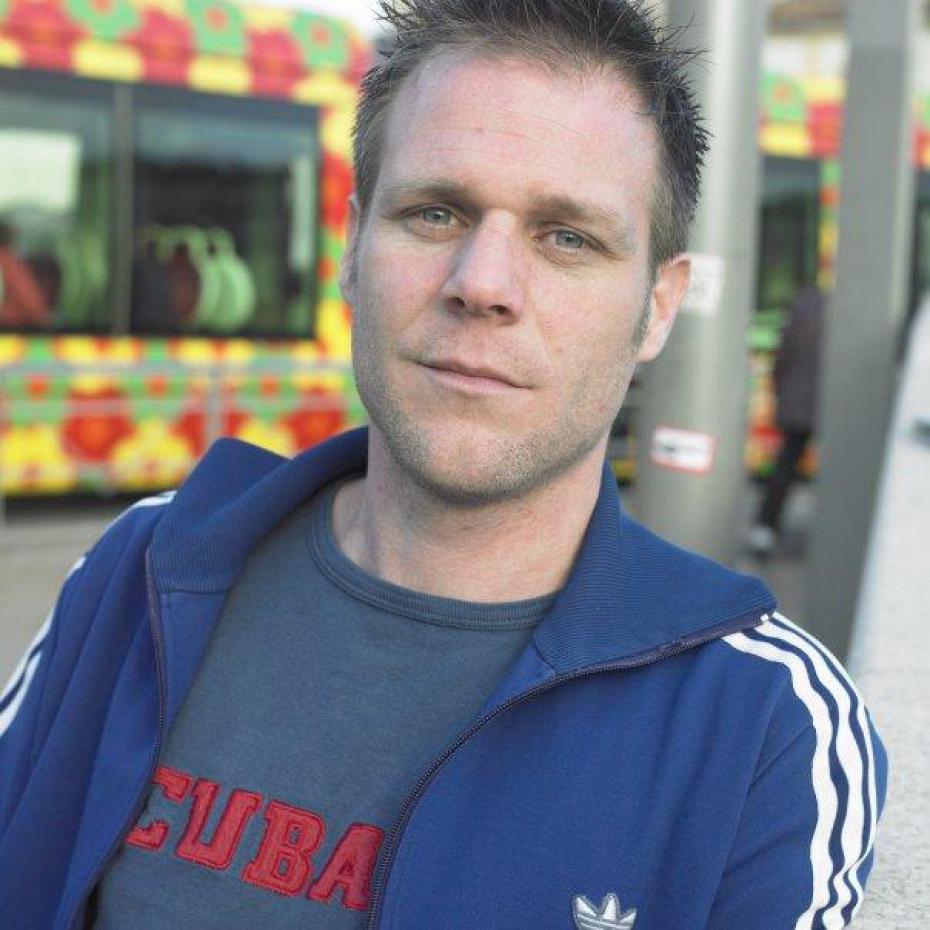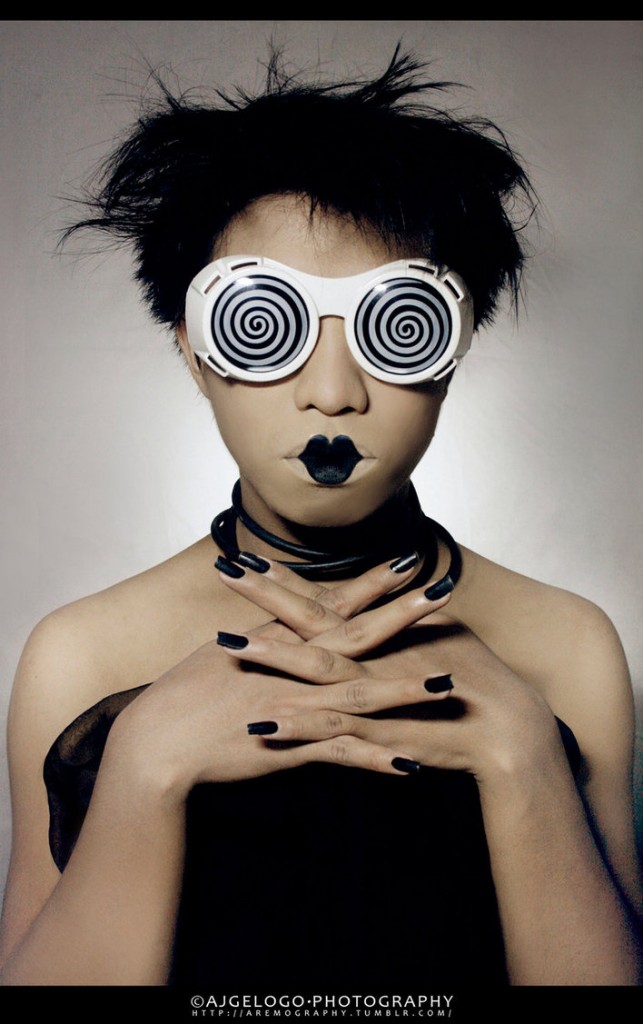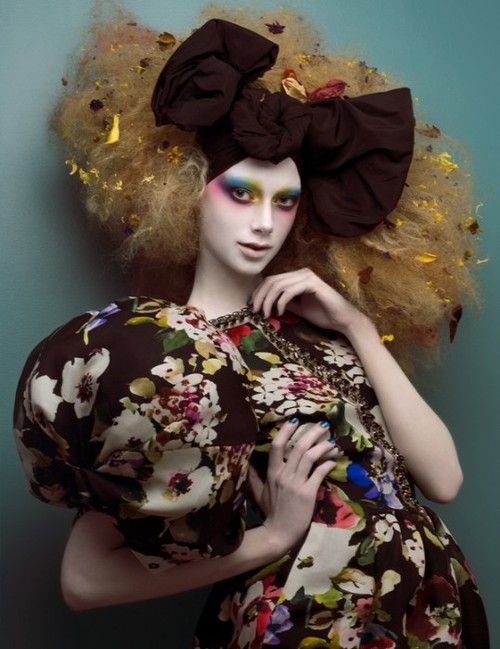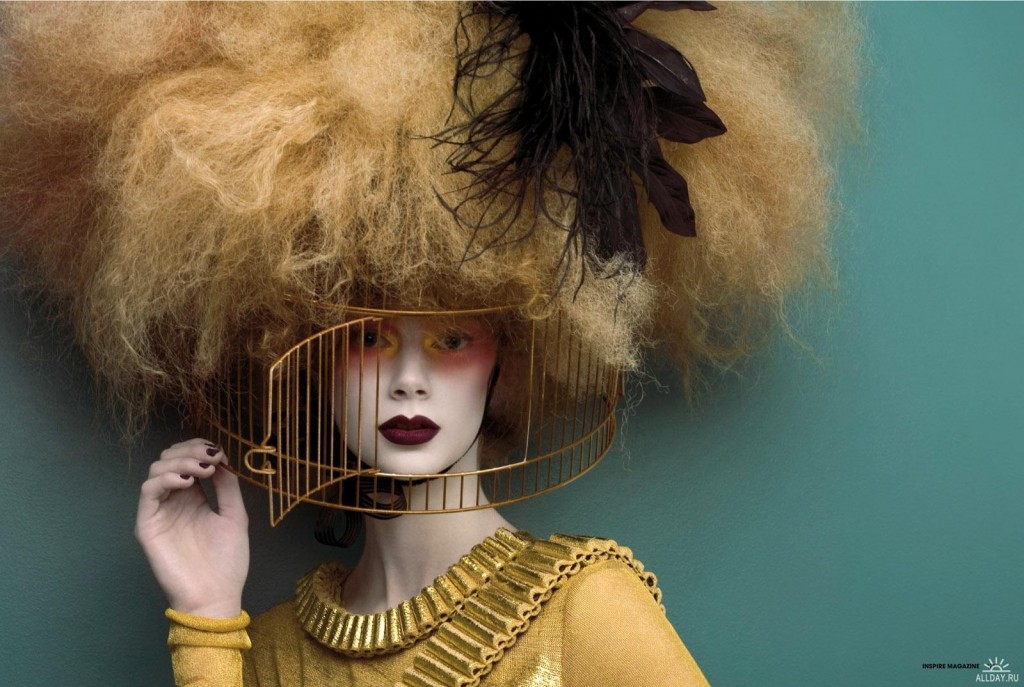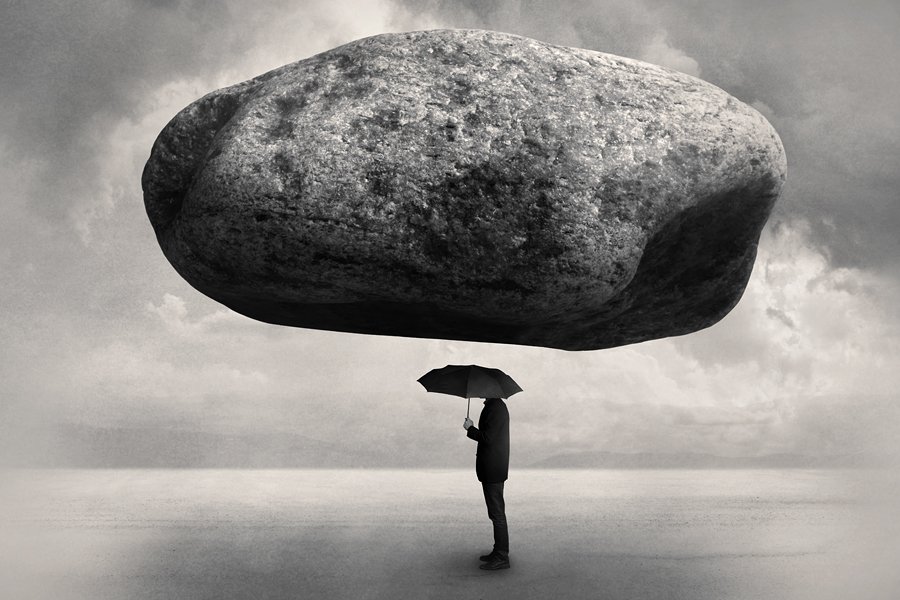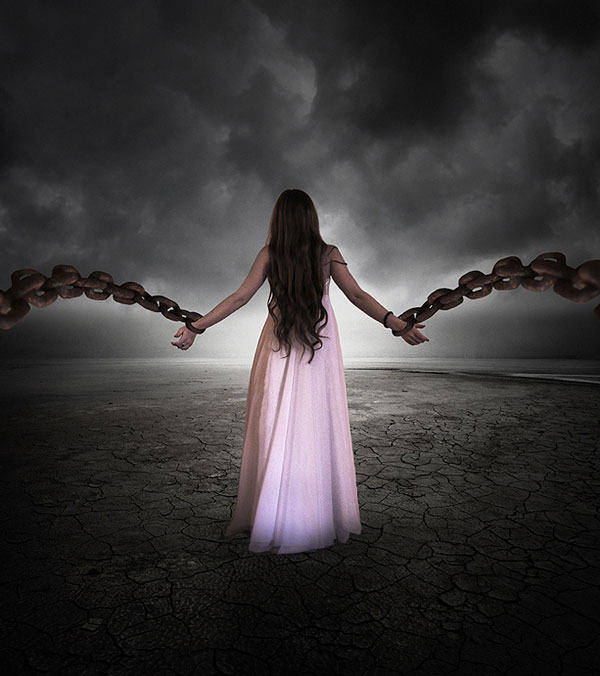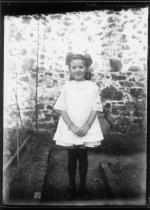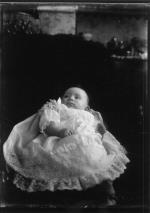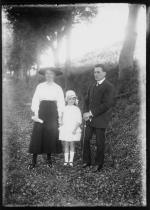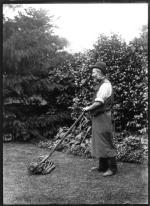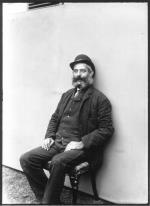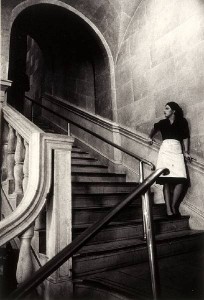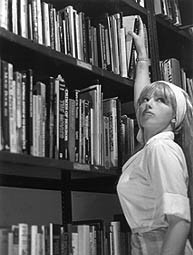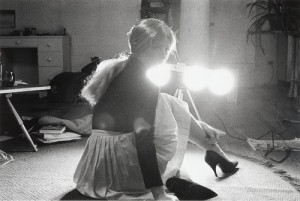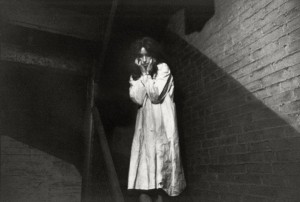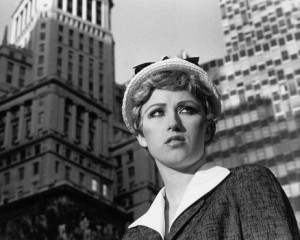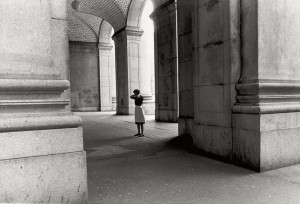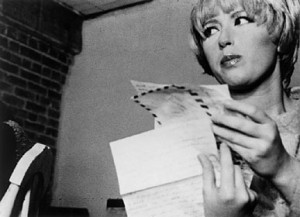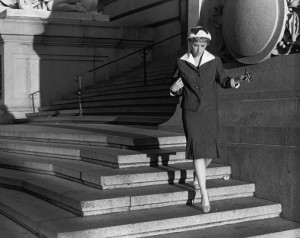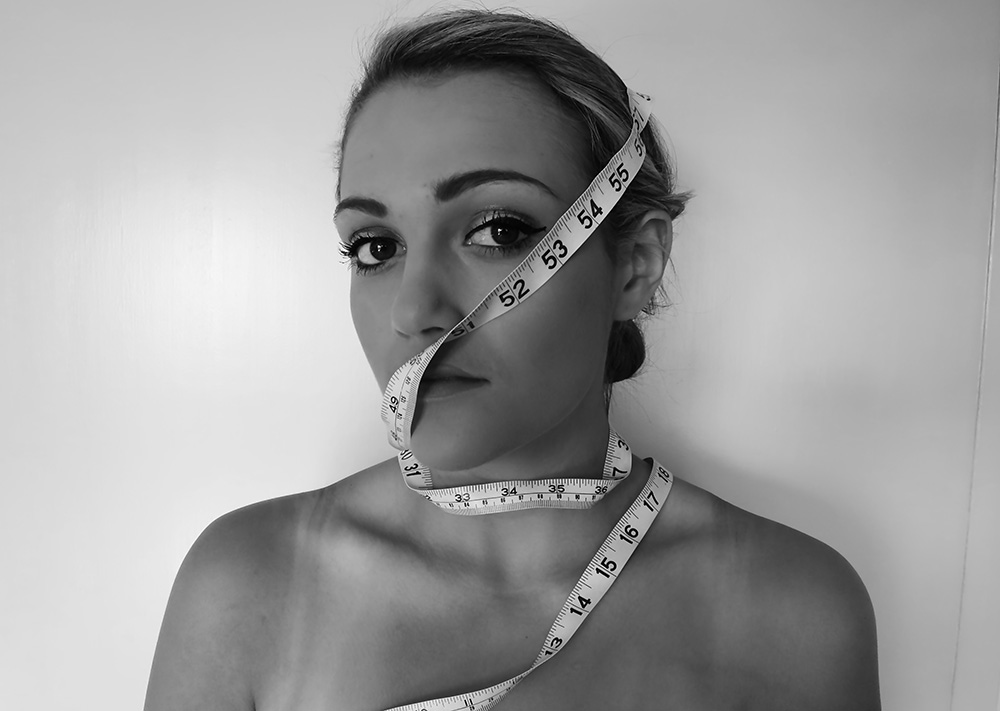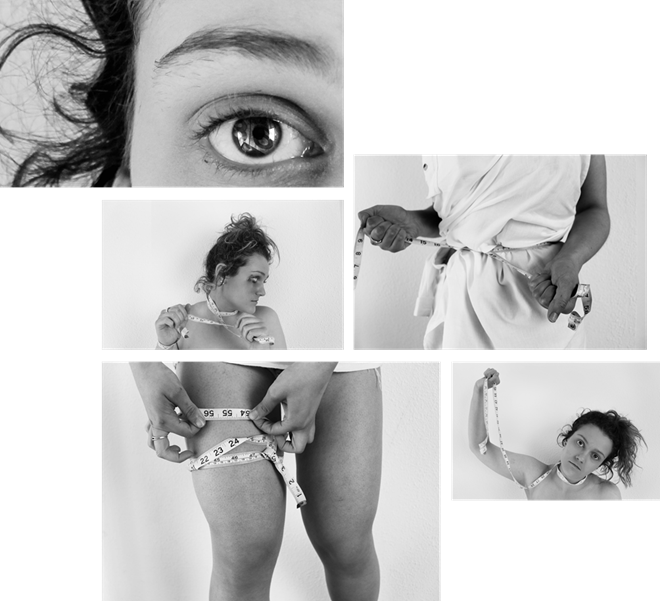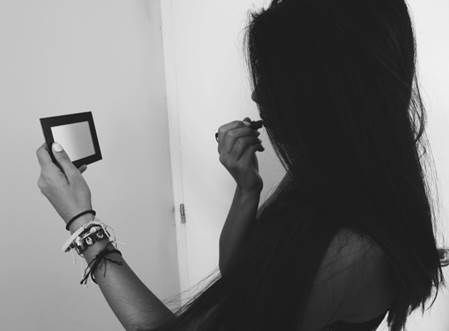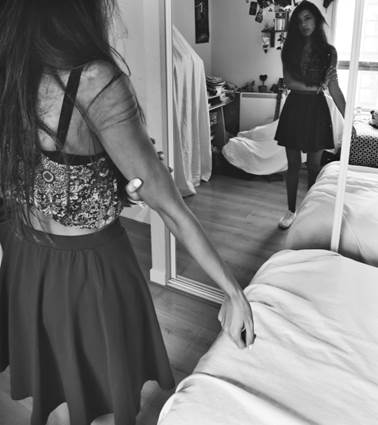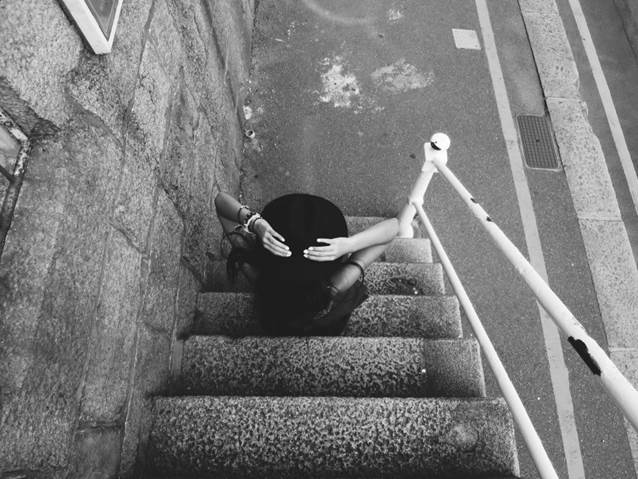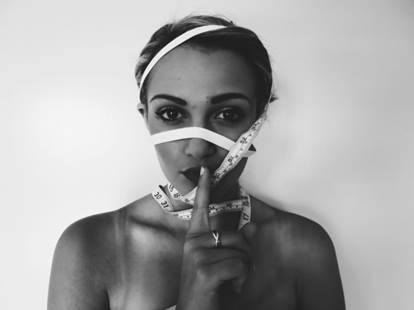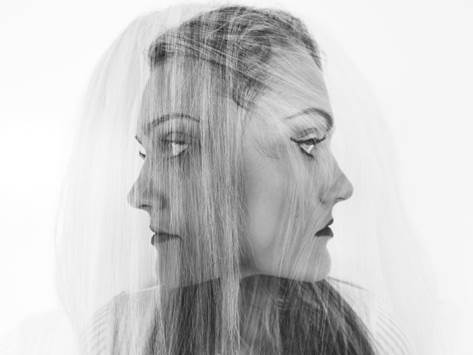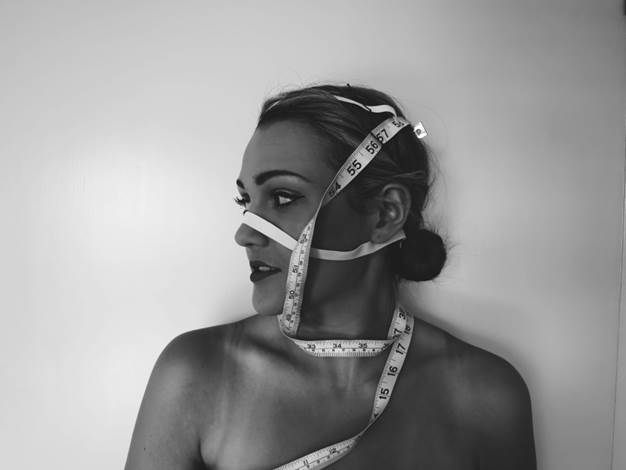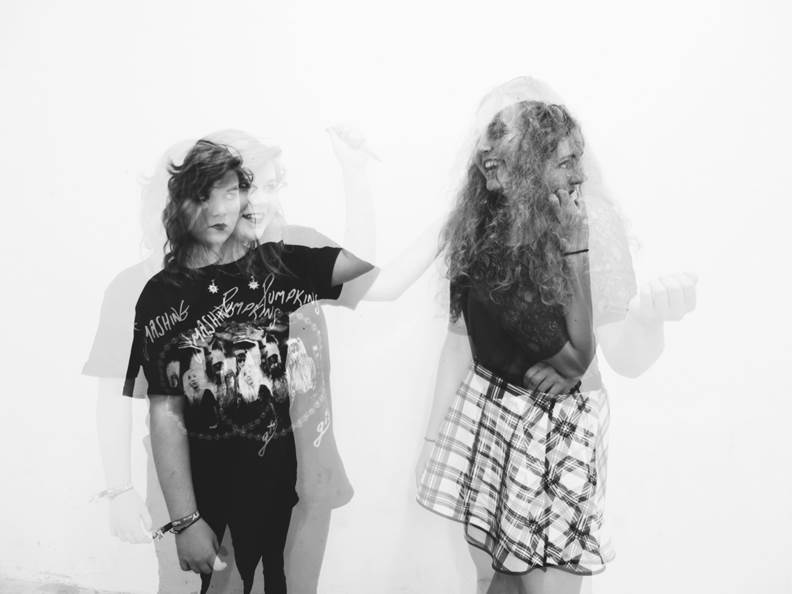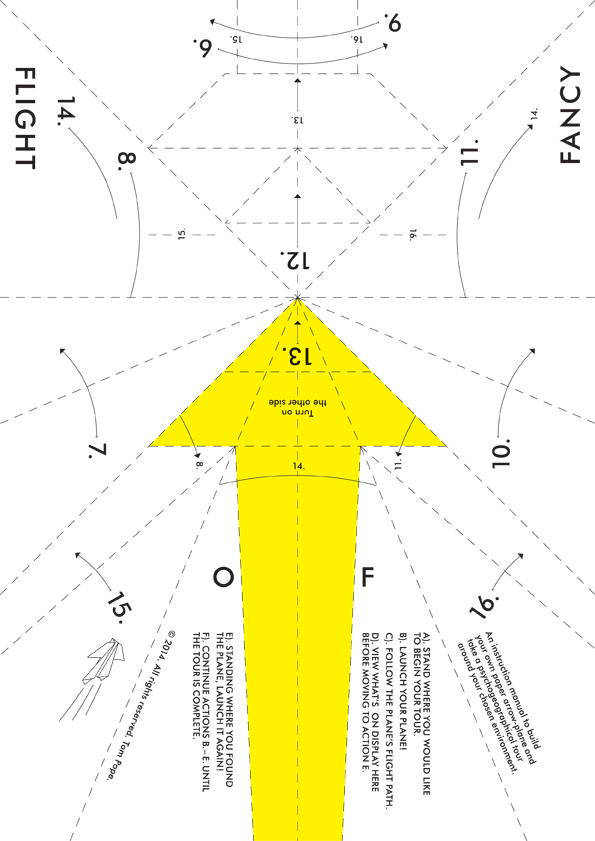Surrealism is a different form of reality and is heavily influenced by dreams. This is the world that we create in our heads, often when sleeping things that we have no control over and often don’t make any sense but by the end of it we still gain something, whether that being we gain a moral or more of an understanding of something but sometimes we take nothing from them. Surrealism is the unconscious mind and a different world almost. This movement was created in Paris 1924.
I like the idea of surrealism because I am able to explore my dreams and express them in a creative format as well as creating something so out of the ordinary that not a lot of people would often think about. Everyone’s dreams are unique to them, we will never ever have the exact same dream as another person. I like the idea of being able to express this and show people what my dreams are like or even some crazy ideas of what a dream might look like. I think I am going to explore this as one of my ideas as it does really interest me and I love to find out about dreams that people have had as well as sharing my own.
There are many surrealist photographer including Man Ray, Maurice Tabard, Hans Bellmer, Dora Maar, Eric Johansson, Christopher McKenney and Stephen Criscolo etc. One of these photographers that I particularly like is Christopher McKenney as I find a lot of his work very interesting and the way it has been shot and edited looks very professional. 
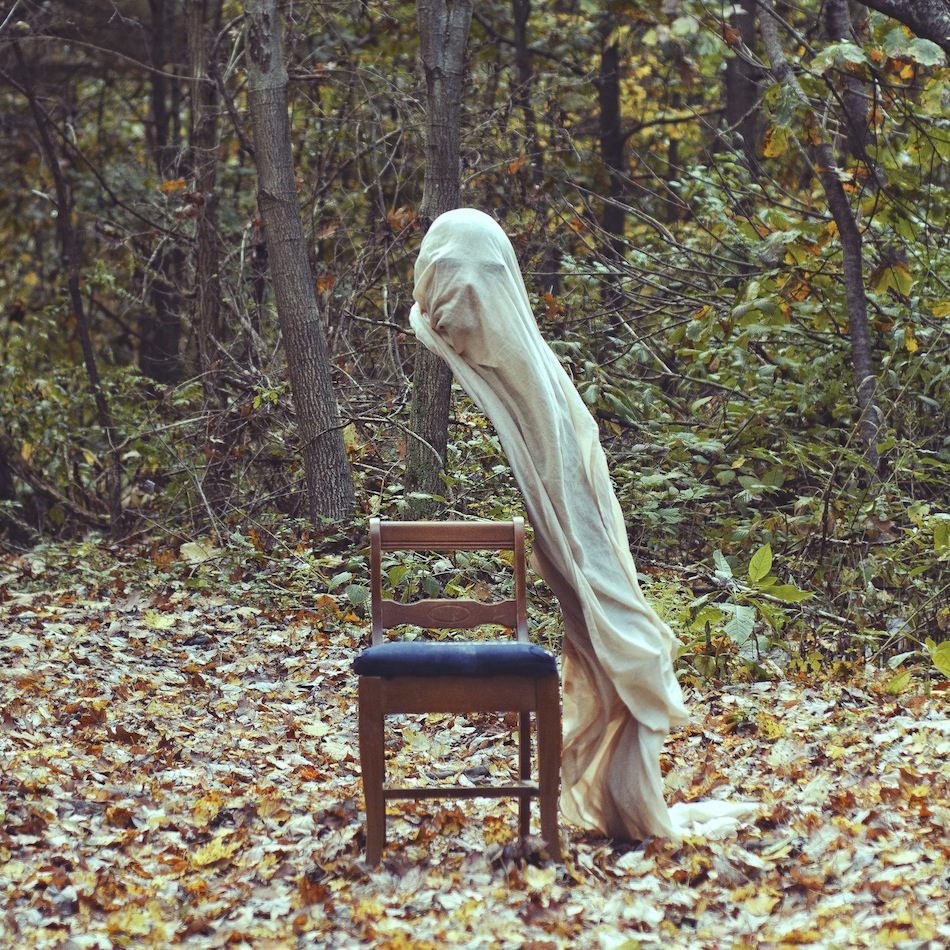 I really like these two images because of the way you can see parts of the person’s body behind the sheet but you never see their full body or who they are. It is almost as it that person isn’t really there, just like in some dreams when one minute your stood next to a specific person and a second later they have disappeared. This to me is very dream-like and I really enjoy looking at this. I think it would have been tricky to edit this image as they would have had to take a photograph firstly of the background of the image and then got the subject to sit on the chair so he took take the second image and in editing use the eraser tool to get rid of the rest of the body which the photographer didn’t want to see in his image.
I really like these two images because of the way you can see parts of the person’s body behind the sheet but you never see their full body or who they are. It is almost as it that person isn’t really there, just like in some dreams when one minute your stood next to a specific person and a second later they have disappeared. This to me is very dream-like and I really enjoy looking at this. I think it would have been tricky to edit this image as they would have had to take a photograph firstly of the background of the image and then got the subject to sit on the chair so he took take the second image and in editing use the eraser tool to get rid of the rest of the body which the photographer didn’t want to see in his image.
http://www.christophermckenney.com/100surrealisticphotosivemade
On Mckenney’s website he has a set of 100 surrealism photographs which I find very interesting to scroll through. He tents to go for the same pattern with someone not completely being in the frame, a part of them is always rubbed out as if in a dream world. I really like this work and find that you can be very creative with this style and are able to explore new things.
There is also a hugely iconic surrealist photographer, John Baldessari, born in 1931 and is still alive today. In the 70s Baldessari decided to BURN all of his work and stated ‘I will not make anymore boring art’. After which he created a new form of the digital photography world and put dots in front of all the people’s faces that he photographed. This, to me, is a way of making the person unidentifiable so that no one knows who he is photographing and why he has photographed them in that specific way. I like this as it is interesting and I find that sometimes in dreams you can never really make out what a certain person looks like or who they are and this is a great way of visualizing that and bringing your dreams to life.






